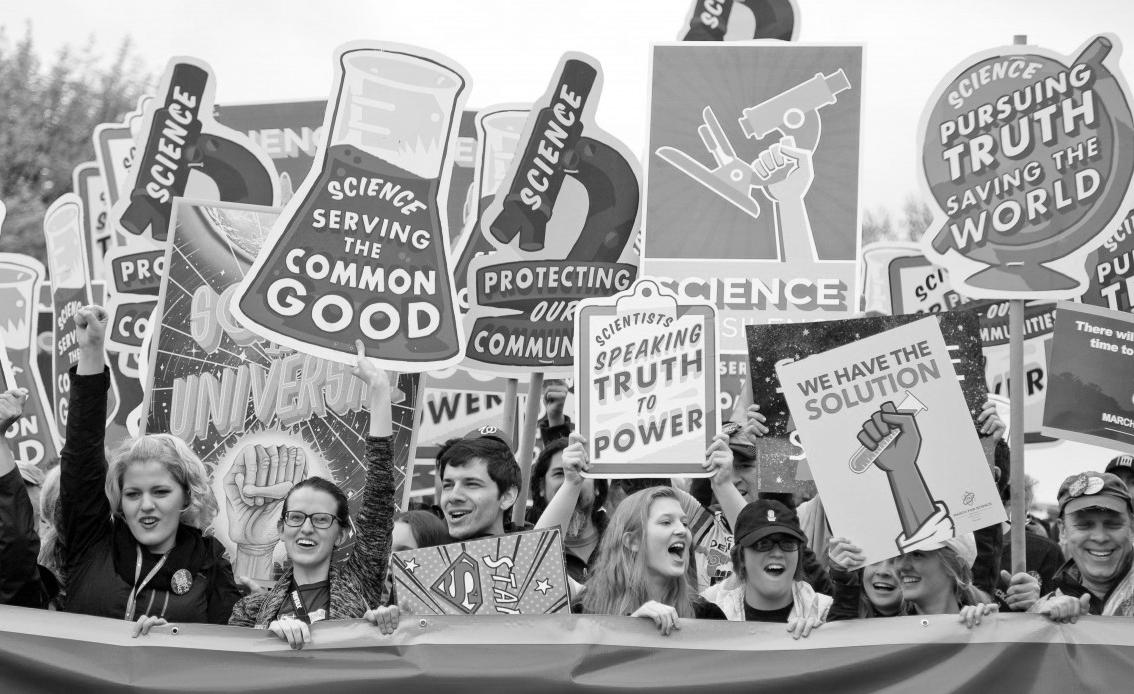National
No Justice for Black Women: The Memeification of Breonna Taylor Taraneh Azar / Journalism and Political Science 2022
N
o justice, no peace. All too often, Black women are excluded from the narrative of police brutality and systemic racism.[1][2] All too often, the names of Black women are excluded from the fight for justice—a reality that is highlighted on social media. Social media’s powers in mobilizing change are innumerable.[3] Information can spread instantly, allowing facts and testimonials to cut through hoards of misinformation and flow freely to the front of public awareness. Boosted by teenagers and veteran activists, social media can spark action in the streets and, ultimately, indictments to murderous law enforcement officials in a step away from systemic racism and toward a perfect world. But viral content can also wreak significant damage. Activism that spreads awareness and boosts resources can quickly morph into content that trivializes and commodifies the narratives of injustice and systemic violence—all under the guise of social advocacy. The goal is traction, but desensitization is an unfortunate side-effect. In reality, charging police officers for the crimes they commit against Black, Indigenous, and people of color (BIPOC) would be a feeble attempt at retribution. [4] These officers have the blood of a twentysix-year-old EMT on their hands, who they murdered out of carelessness and disregard for her life.[5] And the blood of a forty-six-year-old father.[6] And a twelve-year-old boy who was playing with a toy.[7] And an eighteen-year-old college-bound high school graduate.[8] And a forty-three-year-old father of six.[9] These murders were not isolated incidents. There is an epidemic of systemic violence against Black communities.[10] In September, a grand jury in Louisville did not charge police officers for murdering Breonna Taylor—the twenty-six-year-old EMT—during a raid on her home in March.[11][12] The officers involved are Jonathan Mattingly, Brett Hankison, and Myles Cosgrove.[13] Taylor was asleep in her apartment when three plainclothes officers with a no-knock
12
Fall 2020
warrant punched down her door in the early hours of March 13.[14] They fired thirty rounds into Taylor’s residence, shooting her six times within a matter of minutes. She was pronounced dead on the scene.[15] Now-former officer Hankison was indicted for the shots he missed as he fired through Taylor’s window into other homes; he pled not guilty to the three counts of first-degree wanton endangerment.[16][17] Kentucky Attorney General Daniel Cameron implied that the
After protesting for months against police brutality and state-sanctioned violence in the names of Taylor, George Floyd, and countless other victims, we watch as Black women are again left without justice in a country designed to break them.
grand jury could consider other charges, so as to absolve himself from responsibility. [18] But two anonymous jurors alleged, and Cameron eventually admitted, that no homicide charges were recommended.[19][20] Instead, jurors were told to consider only first-degree wanton endangerment, since no other charges would “stick.”[21] The decision came after the city of Louisville reached a civil settlement with Taylor’s family for her wrongful death.[22] In the months that followed Taylor’s murder, the internet exploded with viral content tied to her name and death.[23] Tweets, memes, and TikToks pushing the phrase “Arrest the cops who killed Breonna Taylor” went from powerful calls to action to feeble jokes within a matter of shares. But as time passes and justice for Taylor feels increasingly unreachable, we ask ourselves what went wrong. Did we not go hard
enough for her, or was the response to her murder different somehow? We know that we have ultimately failed Taylor, as the officers who murdered her walk free. After protesting for months against police brutality and state-sanctioned violence in the names of Taylor, George Floyd, and countless other victims, we watch as Black women are again left without justice in a country designed to break them.[24][25][26] This outcome is familiar for many Black Americans; in the epidemic of police brutality and systemic racism, justice is scarce. But it’s almost nonexistent for BIPOC women.[27] The swift response of social media users to turn Taylor’s name from a rallying cry to a meme exemplifies the public’s role in objectifying Black women and remaining complacent in the face of systemic injustice.[28] The memeification of Taylor shows that Black women are more likely to be commodified—even after death and during justice-seeking—than viewed as parties in social movements. The grand jury’s decision was much of the same. And it was similarly unsurprising to hear that prosecutors didn't present homicide charges to the jury. Law enforcement has killed 1,345 Black Americans since 2015; while forty-eight cases involved Black female victims, only two led to murder or manslaughter charges.[29] One resulted in an acquittal, while the other remains pending. We must also recognize transgender and gender-nonconforming BIPOC, particularly trans women of color, within the larger narrative of police brutality. Systemic racism and sexism compound with transphobia, leaving Black trans women disproportionately targeted by hate crimes and police violence.[30] [31] More often than not, they are overlooked, denying Black trans women justice and erasing them from the fight for justice. Based on known and reported murders, trans women of color account for four out of five anti-trans homicides.[32] Twenty-seven of the thirty-three
nupoliticalreview.com











